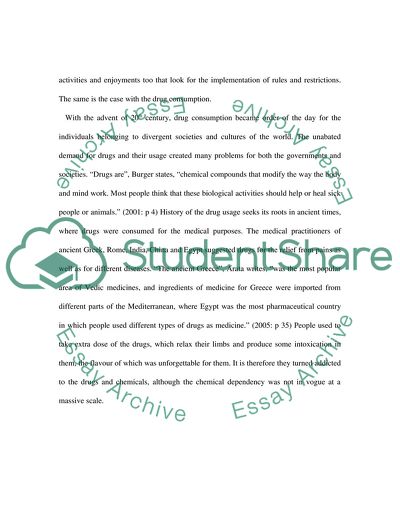Cite this document
(“The Criminology of Pleasure Essay Example | Topics and Well Written Essays - 1750 words”, n.d.)
The Criminology of Pleasure Essay Example | Topics and Well Written Essays - 1750 words. Retrieved from https://studentshare.org/law/1550431-the-criminology-of-pleasure
The Criminology of Pleasure Essay Example | Topics and Well Written Essays - 1750 words. Retrieved from https://studentshare.org/law/1550431-the-criminology-of-pleasure
(The Criminology of Pleasure Essay Example | Topics and Well Written Essays - 1750 Words)
The Criminology of Pleasure Essay Example | Topics and Well Written Essays - 1750 Words. https://studentshare.org/law/1550431-the-criminology-of-pleasure.
The Criminology of Pleasure Essay Example | Topics and Well Written Essays - 1750 Words. https://studentshare.org/law/1550431-the-criminology-of-pleasure.
“The Criminology of Pleasure Essay Example | Topics and Well Written Essays - 1750 Words”, n.d. https://studentshare.org/law/1550431-the-criminology-of-pleasure.


